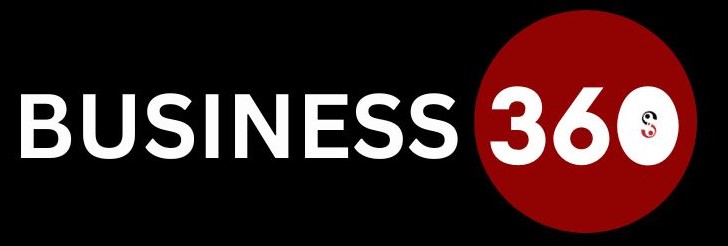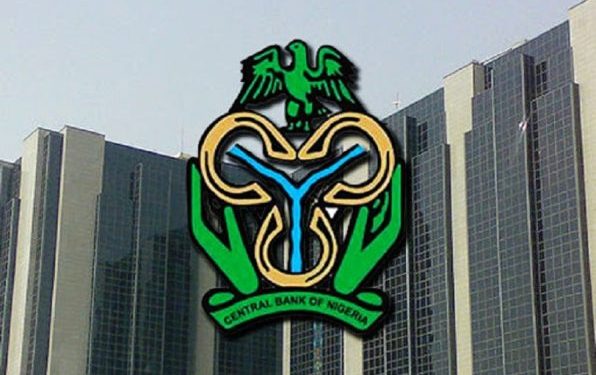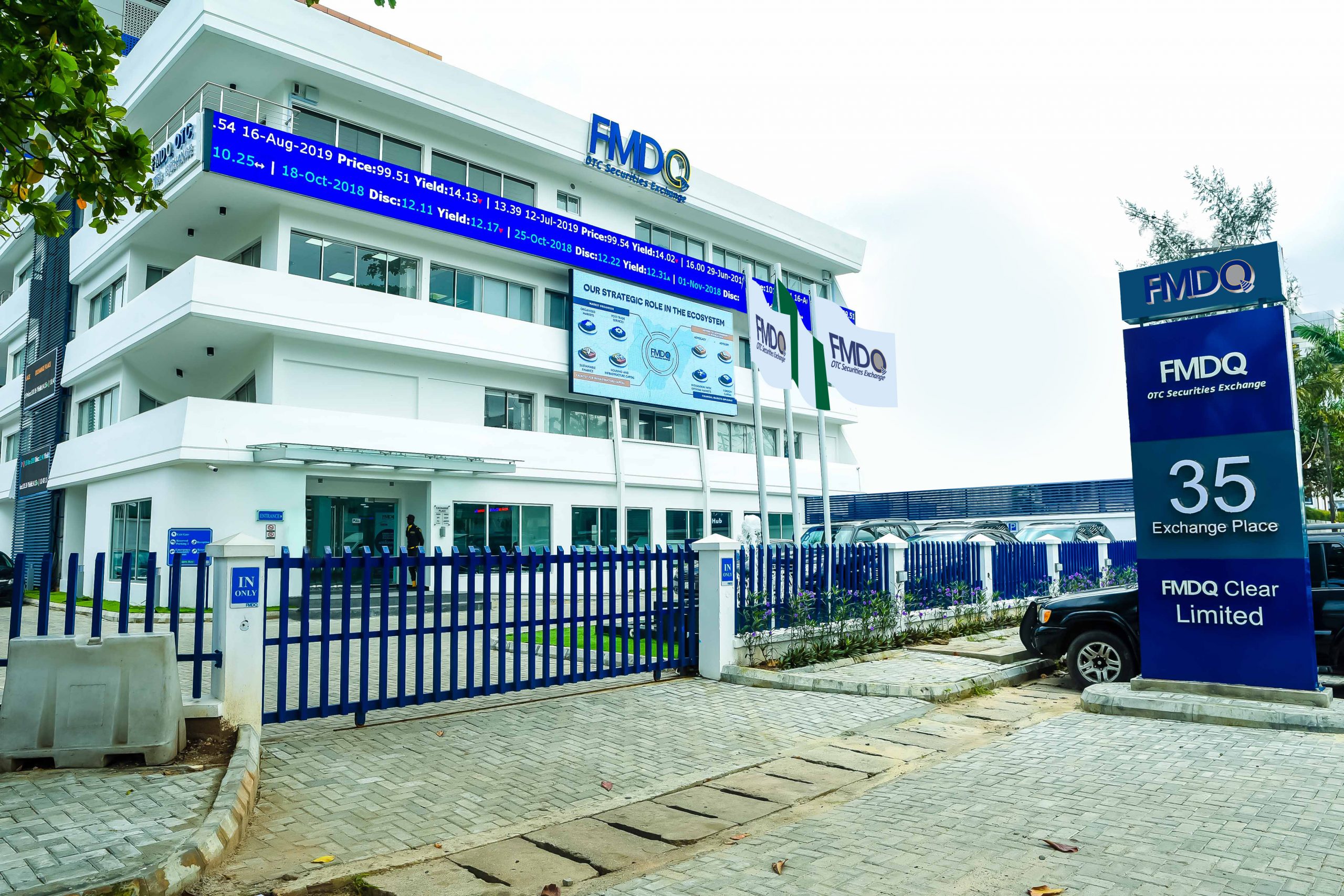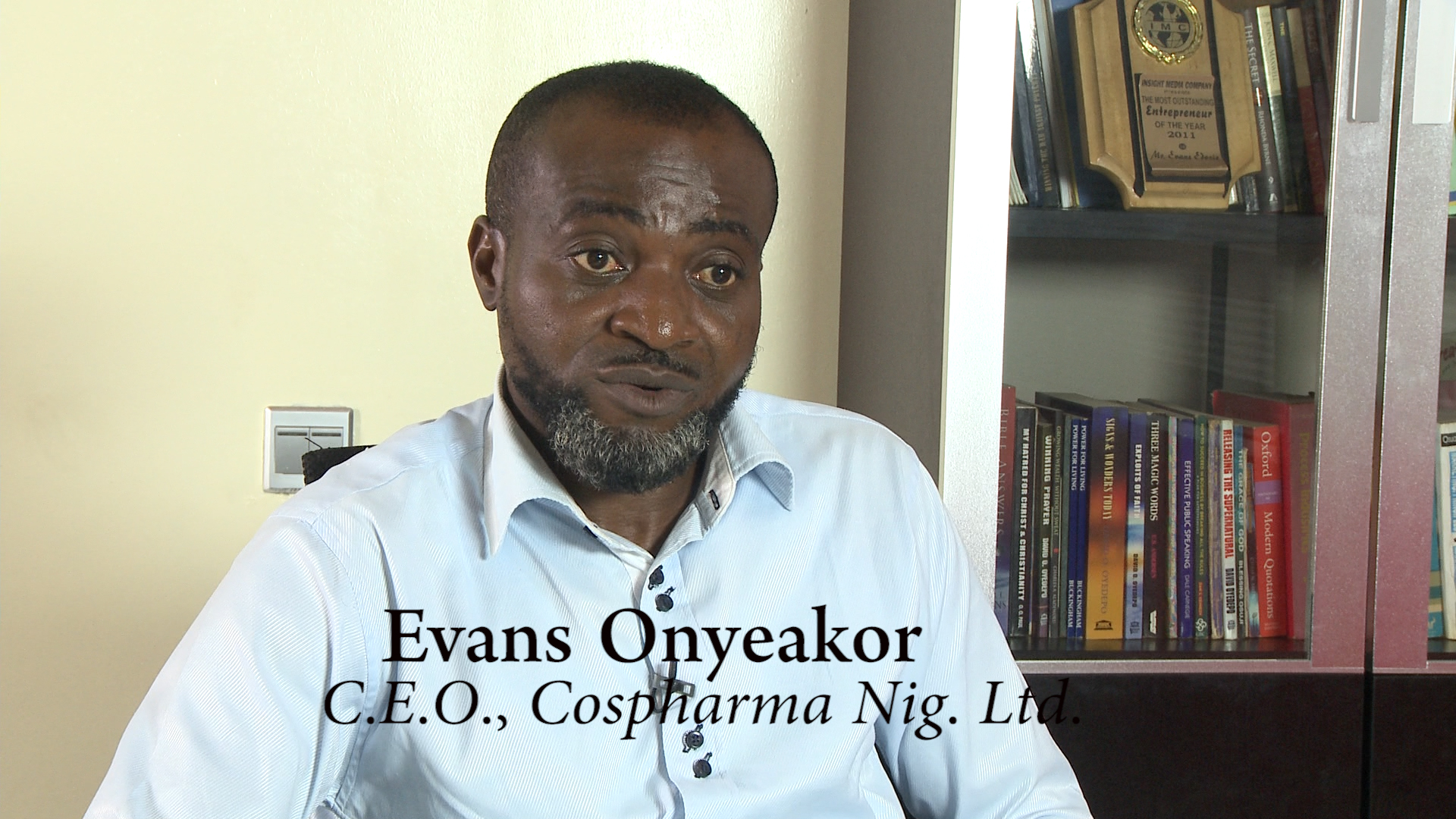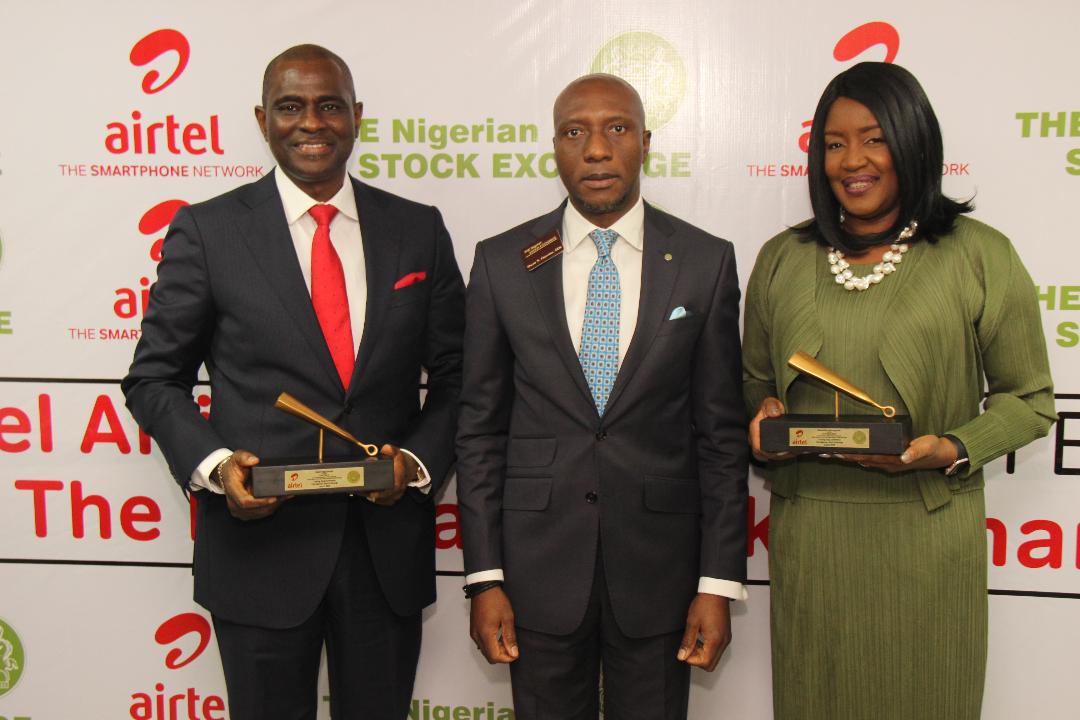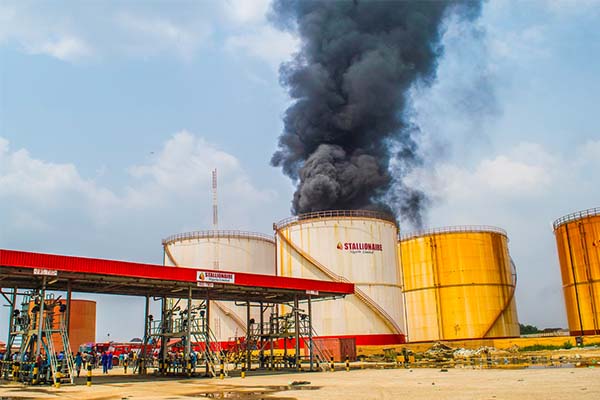Nigeria’s external reserves have risen to $43.05 billion as of September 11, 2025, the highest level in more than six years, according to the Central Bank of Nigeria (CBN).
The apex bank disclosed the figure on Tuesday in a Frequently Asked Questions (FAQ) publication on its official website. It noted that the increase reflected stronger external sector resilience, improved foreign exchange inflows, and tighter monetary policy measures.
The reserves now provide 8.28 months of import cover, a development the CBN said boosts confidence among citizens, investors, and other economic stakeholders.
The latest data show that Nigeria’s reserves grew by over $692 million in just 18 days, continuing an upward trajectory that began on July 14, 2025. The last time reserves approached this level was in September 2019, when they stood at $41.99 billion.
The $42 billion milestone was surpassed on September 25, 2025, and the figure was later confirmed by President Bola Tinubu in his Independence Day broadcast on October 1.
The CBN attributed the surge to sustained exchange rate stability, moderation in petroleum product prices, and a favorable balance of payments outlook. The bank stressed that these factors had contributed to a more resilient external sector.
The CBN also explained its recent decision to lower the Cash Reserve Ratio (CRR) for commercial banks from 50% to 45%.
According to the bank, the move will ease liquidity pressure on lenders, enabling more productive lending to the real economy. However, to counter excess liquidity from public sector deposits outside the Treasury Single Account (TSA), the MPC introduced a 75% CRR on such deposits.
“This measure ensures that these deposits do not contribute to inflationary pressure, which could undermine the current momentum of disinflation,” the CBN stated.
The bank emphasised that depositors will retain full access to their funds, while commercial banks remain capable of meeting all legitimate obligations.
Reiterating its role as a stabiliser, the CBN said it continues to balance inflation control with support for economic growth, especially for micro, small, and medium-sized enterprises (MSMEs).
“We are using conventional monetary policy tools to anchor inflation expectations while ensuring a stable and robust financial system,” the apex bank said.
It also restated its function as a lender of last resort, noting that its Standing Lending Facility provides short-term liquidity support to banks to maintain systemic stability.
